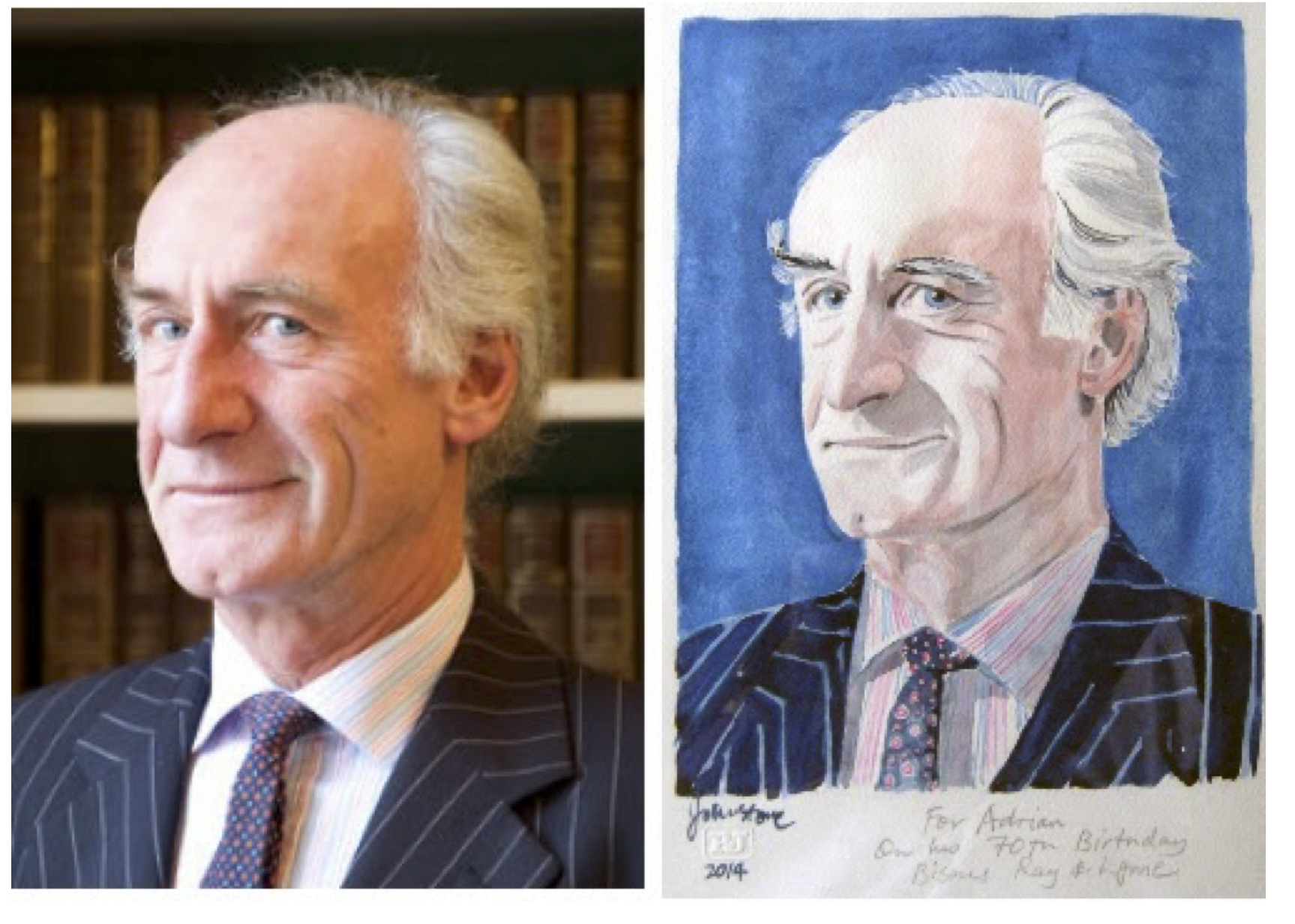PORTRAITS FROM PHOTOS RATIONALE

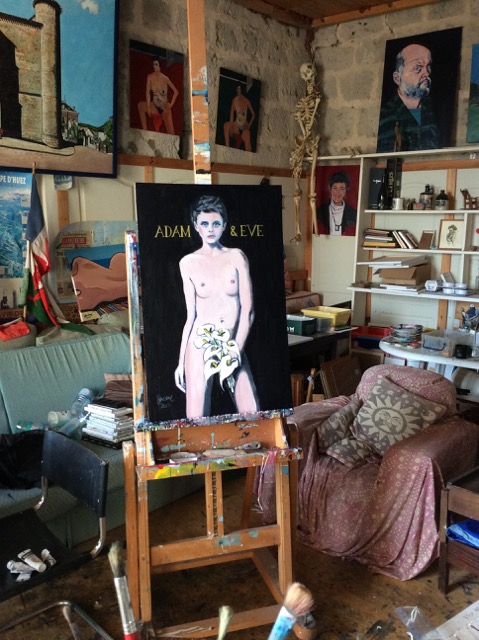

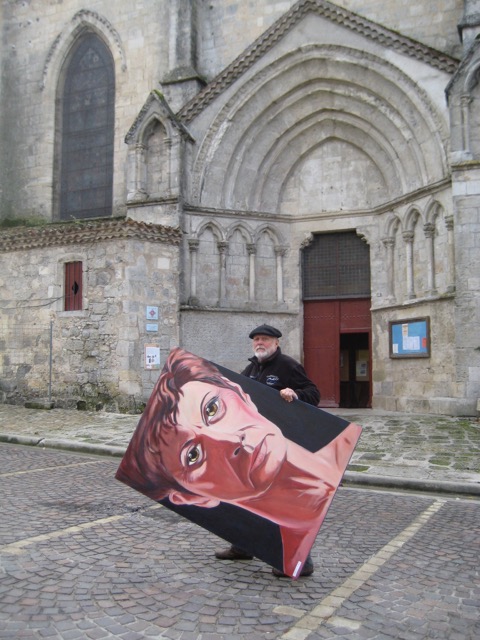
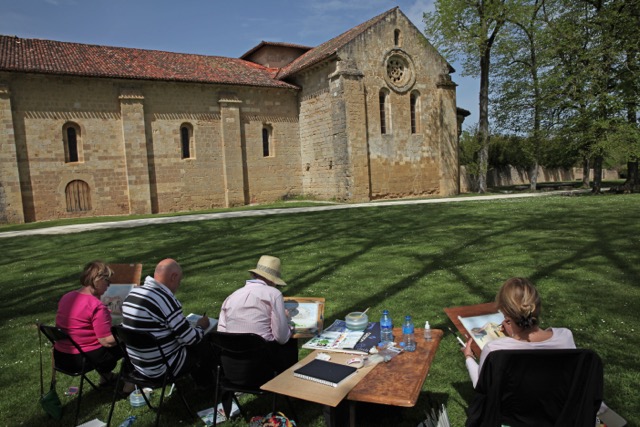
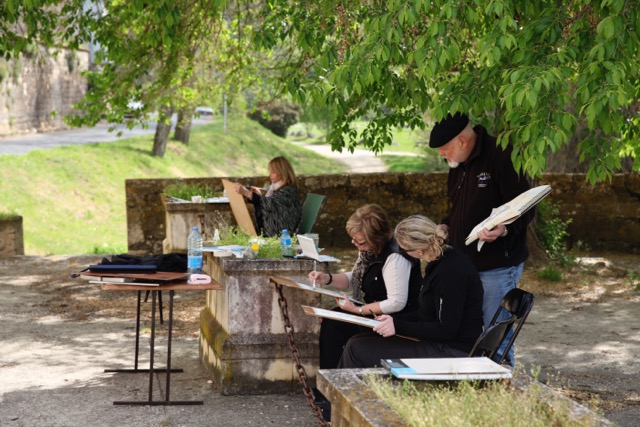
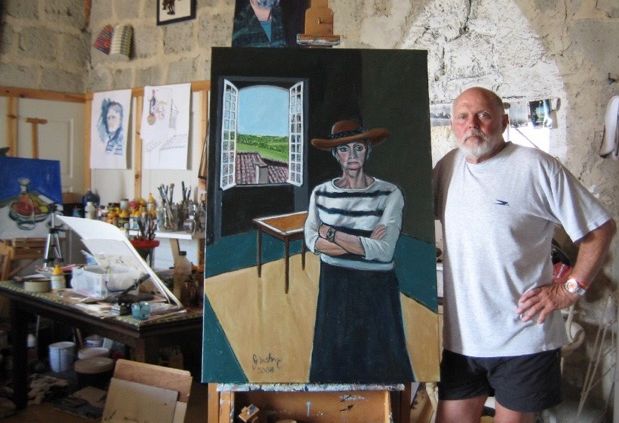
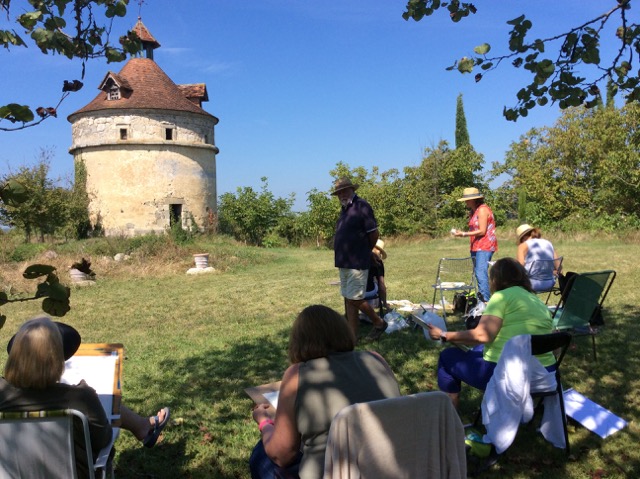
Painting a pigeonnier near La Petite Galerie
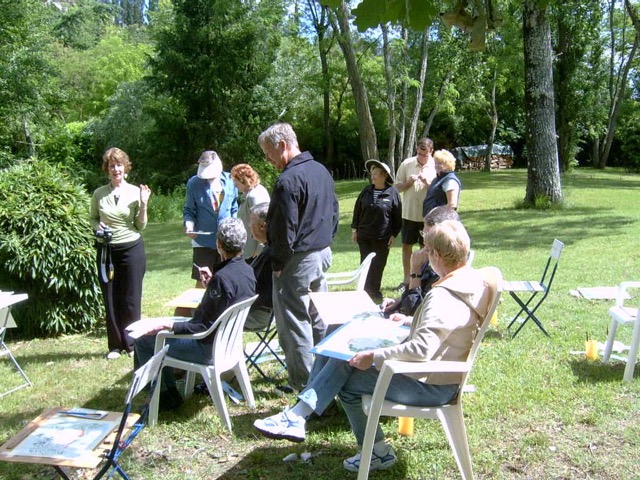
Breaking for lunch after a hard morning’s work.
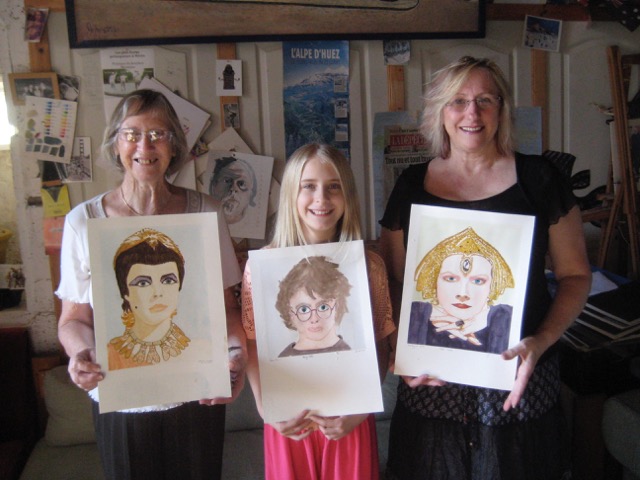
Look what we did today
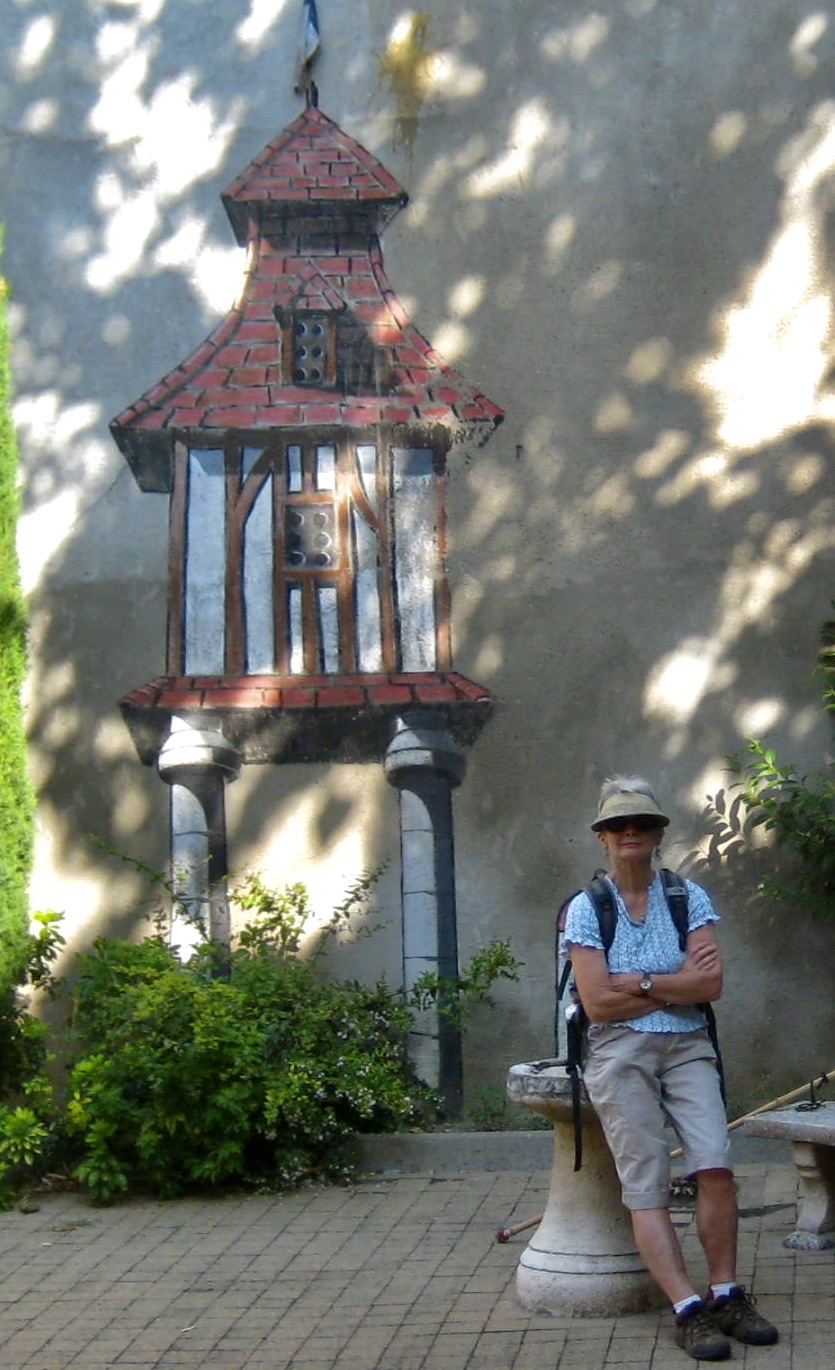
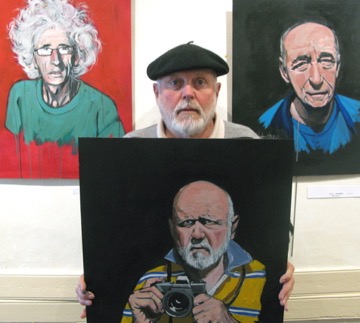

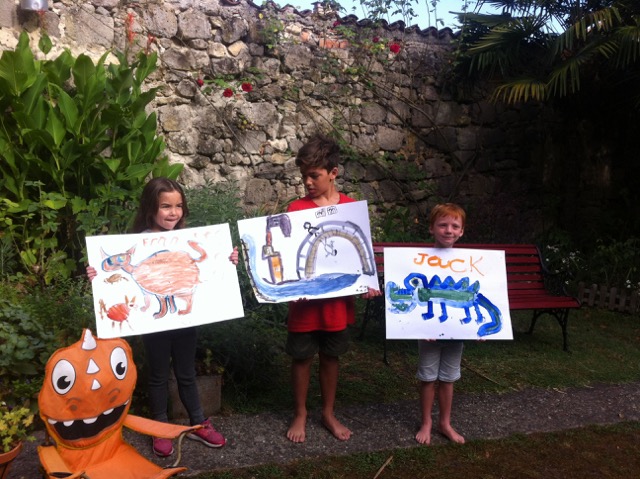
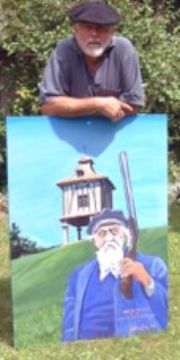
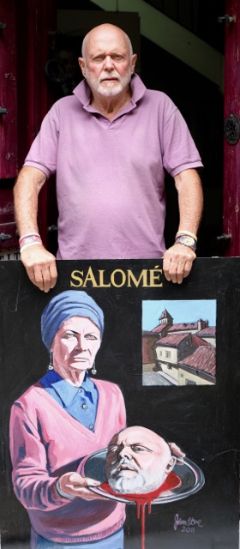

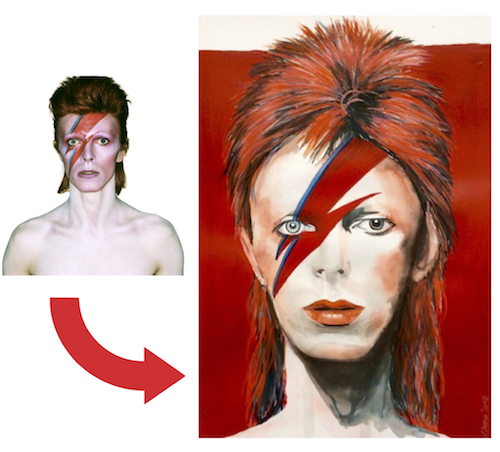
Ray's Portraits done from photographs
RAY'S PORTRAITS BLOG
One of the difficulties almost any artist who is interested in figurative and portrait painting comes across sooner or later has always been the problem of finding a model.
For example, one or more of the following issues will invariably need to be addressed.
* What’s in if for the model?
What fees should the artist or model expect to pay or receive?
Who owns the painting?
When and where can the artist and model work?
What happens if or when the painting sells?
Luckily, I’ve found a solution that suits both my style and my temperament.
Some years ago, my wife Lynne stated unequivocally that she was finished with sitting for me as my model. “It's boring, very time consuming and the results are never flattering,” she said. “I don’t have a say in it, and you always make me look like a fucking monkey. So find yourself another model.”
Of course she was right and remains so. Modelling is mind numbingly monotonous.
Fortunately, just after this ultimatum, I had a lightbulb moment: PHOTOGRAPHY.
Taking a snap is neither boring nor time consuming, and I managed to get her to stand still for a few moments while I took her picture.
Then I painted her portrait from the photograph.
And I liked the result.
So that’s what I do now with anyone who wants their portrait painted.
OK, that’s it. The model’s job is over.
For several years now, I have been using photographs as a tool for painting portraits.
It solves all kinds of practical problems. One of the most important, for example: time.
A quick snap and the model’s involvement has come to an end. And who, these days, has the time to sit in front of the artist for hours — or even days — of dreary posing?
BUT HANG ON, IS THE CAMERA A LEGITIMATE TOOL FOR ARTISTS?
Well, there’s always been this nagging doubt teasing away in the back of my mind. And then, one day, a visitor to my gallery bluntly posed the question critique: “Isn’t using photos a bit sneaky. You know, a kind of cheating?”
So I did some research.
A quick troll through the web revealed some interesting insights.
Throughout the history of art, artists have used mechanical devices. As far back as Palaeolithic times, palms and fingerprints were used on cave paintings and hand stencils are routinely found on aboriginal rock art in Australia.
EXAMPLES FROM WESTERN ART
The Egyptians, Greeks, Romans and many other early civilisations all used geometric instruments to develop their theories about architecture and art. And by the time of the late Gothic period, the use of mechanical devices was universal.
The physicists Charles Falco and artist David Hockney have reviewed the subject in some detail.Their studies focused on artists like Vermeer, Jan Van Eyck, Caravaggio, Rembrandt, Ingres and many others.
They recently published their findings which admirably demonstrate that advances in realism and accuracy during the Renaissance were achieved with mechanical aids. Curved mirrors, and devices like the camera obscura and the camera lucida became commonplace. In their 2001 book, “Optical Insights into Renaissance Art,” Falco and Hockney revealed the likely use of concave mirrors in the work of several Renaissance artists. Hockney then went on to publish an extended form of this theory in “Secret Knowledge.”
Hockney himself uses photography and computers extensively. And even in the early twentieth century, when Paris was the centre of the art world, Picasso and other cubists stuck photographs onto their collages.
MORE CONTEMPORARY EXAMPLES
Jump to the twentieth century and countless artists were in on the act — widespread use of contemporary technology like slide projectors and computers is now commonplace amongst serious artists.
Pop sculptor Donald Judd had all of his work commercially produced. Artisans who were experts in various phases of metal and foundry work produced Judd’s sculptures from his sketches.
Needless to say this was not new. Sculptors have always used foundries and factories with the technical expertise to produce large scale metal objects. The artist created the design and then merely (if that’s the word) oversaw the project after skilled artisans had prepared the moulds and carried out all the technological aspects of the actual casting.
Andy Warhol emphasised the point of artists being involved in certain of their work at arms length by calling his New Your studio “The Factory.” His large silkscreen works now attract huge prices for artworks that are, essentially, silkscreen prints produced by an army of helpers, in much the same manner as most commercial colour printing that was done at the time.
Jeff Koons’s work is a variation on this theme using a huge staff that he supervises. But the concept, known as art fabrication, is taken several steps further. Koons has access to specialised machinery, technicians and the experienced staff necessary to execute particularly complex projects. Under his direction, all kinds of designs are created and then produced in a wide variety of factories.
CONCLUSION
So, what’s the conclusion? Well, if anyone’s still reading this stuff, you may be wondering where it’s going. So I’ll get to the point.
All I want to say, can be said in one sentence: if artists like Vermeer, Hockney, Warhol, Rembrandt et al, can use mechanical aids, so can I. It’s quite legitimate, I feel, for me to use a photograph to paint a portrait. And that’s it really — end of diatribe.
Well almost, because, finally, here’s an example of what I’m getting at. Adrian is an old friend who turned seventy recently. I wanted to paint his portrait as a surprise, so I found and downloaded a photograph from a directory of London QC’s.
That's the result at the top left of this page.
If you are interested in having your portrait painted from a photograph, please use the Contact Form on this site. The same applies to any portrait. All I need is a photograph to work from.
